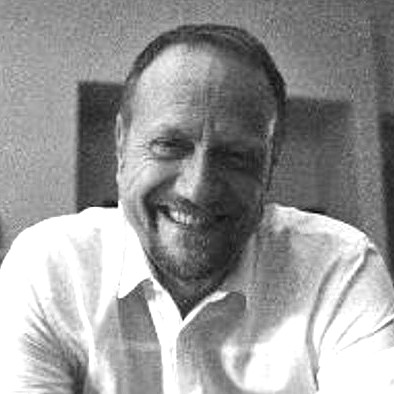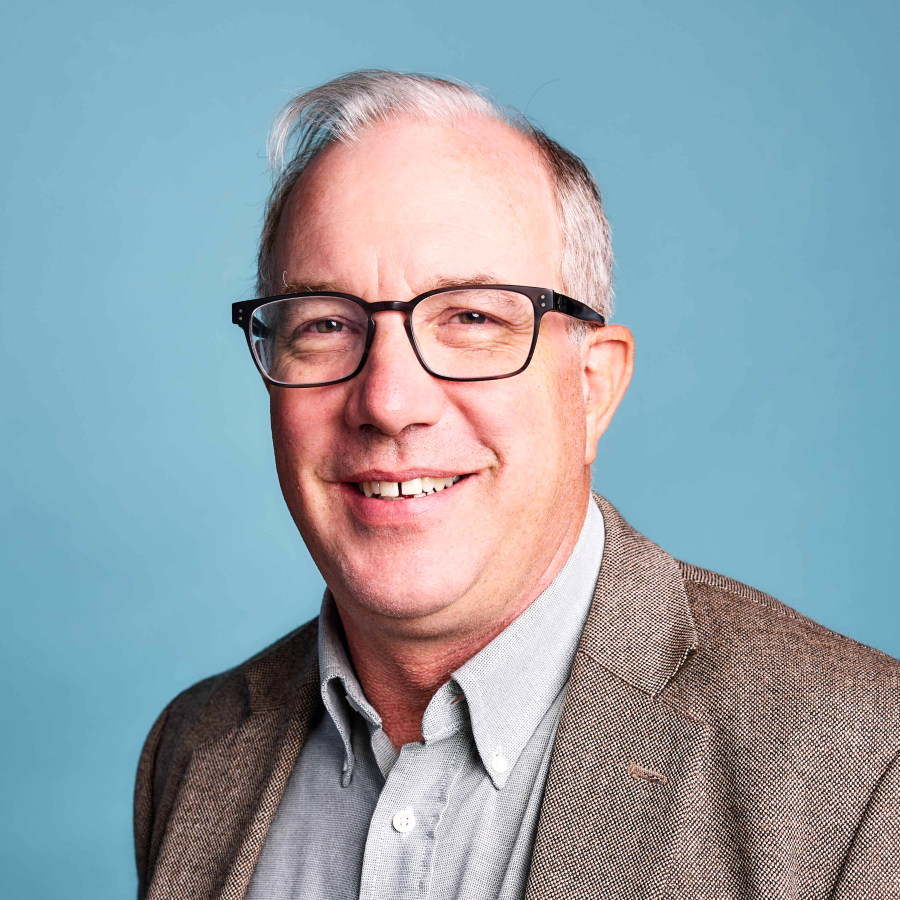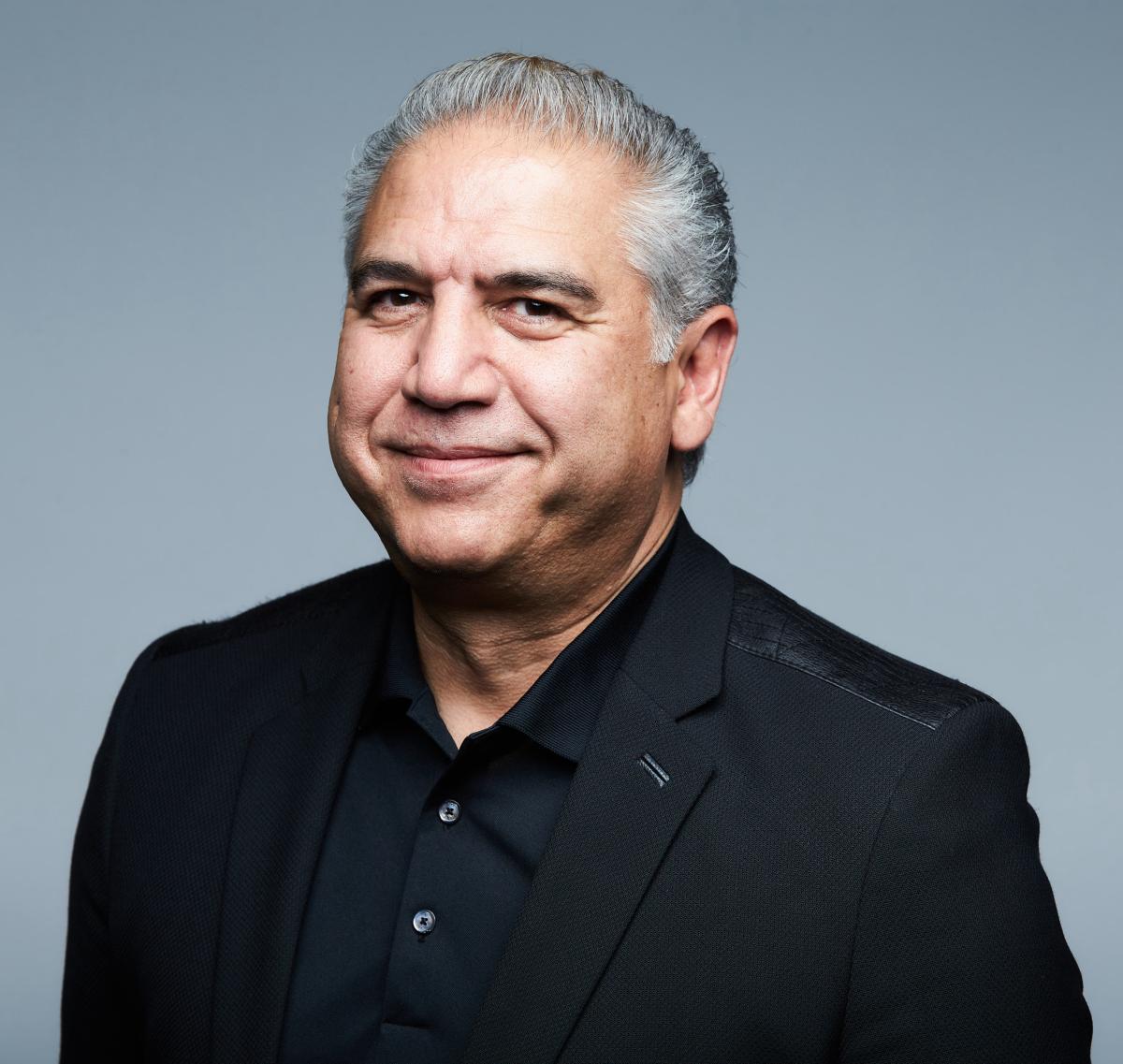
Fellow Emeritus,
Industry Veteran
40+ year veteran with most of that time focused on flash memory component and SSD design. He holds 65+ patents covering flash memory and security. He is currently retired and enjoying contributing time and energy to the industry he's spent his entire adult life developing.
0
0
0
0






